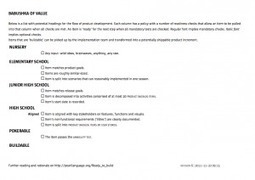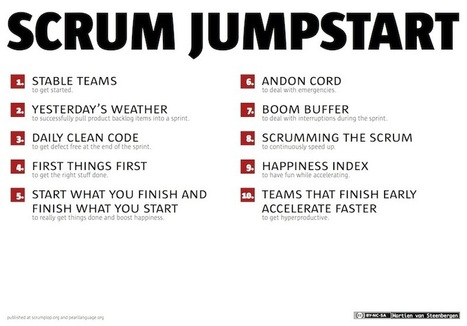Full focus of transforming wishes into reality, instead of spending valuable time on finding out what exactly needs to be build.
See below for a detailed example of a definition of ready.
Forces:
- Additional detail allow multiple teams to coordinate their work better.
- Additional detail can lead to more discussion.
- Too much detail limits creativity for implementers.
- Too little detail creates confusion and wastes time during implementation.
- The right level of detail in requirements, both functional and qualitative increases the immediately actionability of it.
- The useful power of the well-written specification increases with the frequencey ofreferring to it, and the number of people that need to interpret it.
- If there are questions about a specification, then the answer needs to be written down in the specification for reference by all future users of the specification, creating a living document of the collective memory of the system. The answers are not just 'discussed' oraly, and forgotten in practice.
Spend about 10% of the sprint time on grooming the items into ready to build state. Spend this time during the sprint, not during the planning session. Make it you goal to reduce the sprint planning meeting to a mere reconfirmation of the product backlog that emerged during the sprint's grooming sessions.
Only allow ready to build items into the sprint backlog, or risk to be bitten by debate, technical debt, cutting corners, and high pressure during the sprint.
Aim for quality in, quality out.
Therefore:
Use an elegant checklist to make sure any item is fully ready to implement before you start working on it. Keep the item's description limited to two pages. For more complex items, consider composing an enabling disclosure.
✣ ✣ ✣
To test if an item is ready to build, the product owner can ask these key questions:
- Of all of the items that were presented:
- Which ones do you not feel confident at all in estimating?
- Which ones would make you feel very uncomfortable if you had to start working on them first thing tomorrow?
Also, use the ambiguity test whenever it makes sense.
Of course, anyone of the build crew should ask herself or himself the same questions.
 Your new post is loading...
Your new post is loading...
 Your new post is loading...
Your new post is loading...












